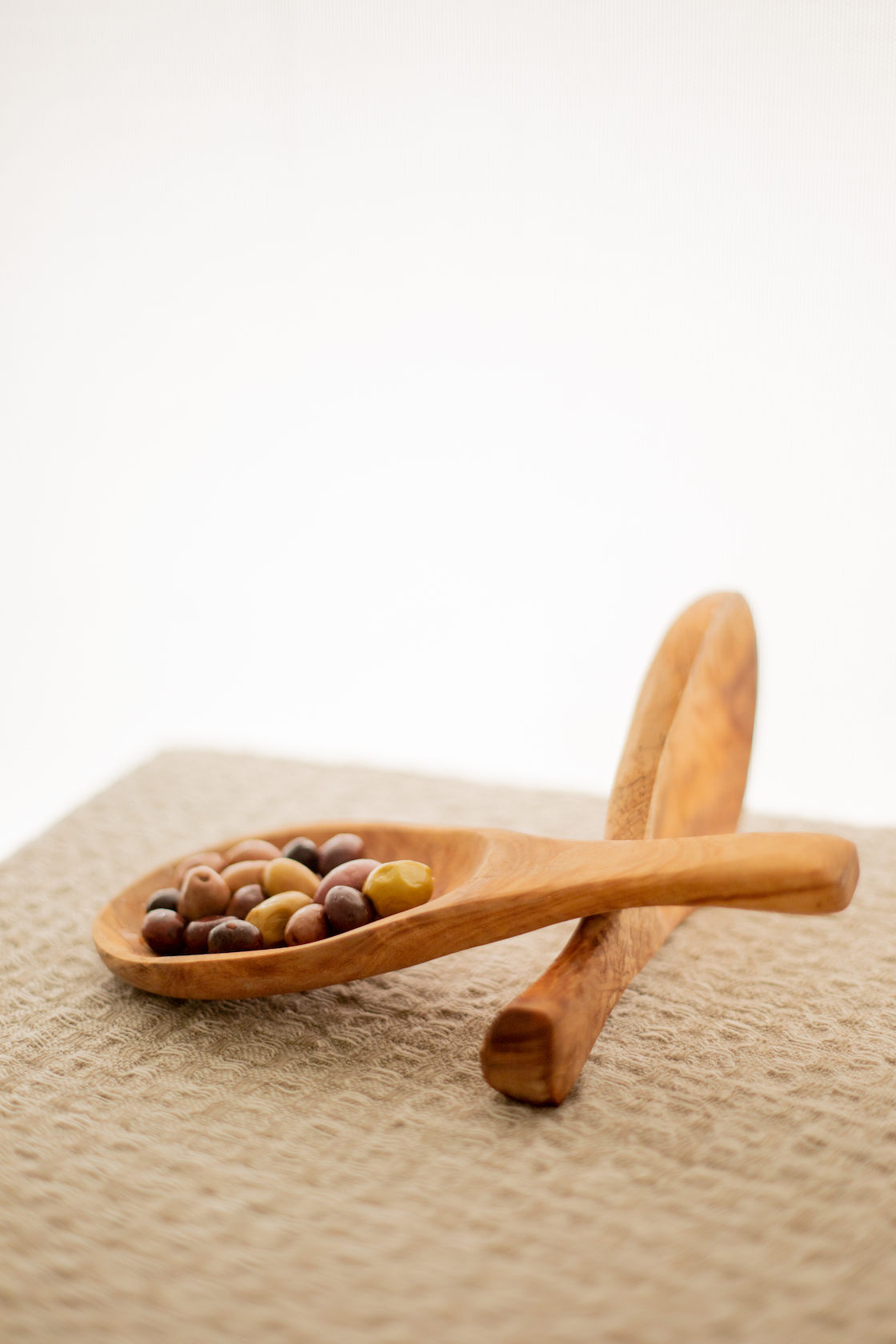

Shapes and the arrangement of relative parts within a whole are the subject of geometry. Consider the construction of spider webs. The arrangement of petals forming a rose. Study the facade of a cathedral. The angles and the fitting together of its architectural elements. Or all the parts in myriad shapes that combine to make an automobile. Both the natural and the human-made environments are studies in shapes, angles, and intersections.
Best Shape Sorter Toys
Through observation and experience children learn about shapes and parts. First come basic shapes: round, square, triangular. Among early childhood play experiences are sorting and matching of shapes using a shape sorter. Simple ones are best for beginners, and Ambi Toys Lock A Block is best of class. High contrast between the bright white top and the color matched raised rims outlining each opening facilitates “hitting the target.” Equally importantly, its three dimensional shapes drop easily into place.
As shape discrimination, eye-hand coordination, and fine motor skills improve, children are ready for the next shape learning toys. Fitting two-dimensional shapes into corresponding holes. Sound Puzzle Box is a popular choice that rewards proper placement with distinct auditory responses.
Basic Shapes Puzzles
Puzzles are all about shape. Again starting simple is key. Chunky shapes facilitate placement. Shapes that fit only in their proper places make a truly self-correcting learning experience. Left to right orientation models the direction of reading and writing. Children are ready to identify and match more unusual shapes only after they easily recognize basic shapes.
Interlocking Pieces Puzzles
After learning individual shapes through puzzles, children move on to explore the arrangement of shapes as parts of a whole. Start simple. The more pieces and the smaller the pieces, the more challenging a puzzle is. Wooden puzzles with thick pieces are easier for small hands to manipulate than thin cardboard ones.
A single layer, wooden 8-piece fish shaped puzzle for toddlers, Rainbow Fish, invites exploration of color and shapes and the way parts fit together to make a whole. With only one way to complete the puzzle, the child has to sort out and make sense of the pieces. Then work out how the parts go together to create the whole, a sometimes frustrating experience that benefits from adult encouragement.
Layered Puzzles
Layered puzzles introduce perspective and offer graduated challenges. As always, start simple and progress gradually. More layers offer more challenge; however, the number of pieces is a more accurate indicator of difficulty.
Mathematical Concepts Puzzles
Although most puzzles go together in one and only one way, others offer options, and these literally open doors to understanding of mathematics.
The Binomial square wood puzzle introduces mathematical concepts through observation and experience. Children develop proportional reasoning, area concepts, and place value understanding when they discover four small squares cover the same area as the rectangle and four rectangles the same as one large square. And that’s only the beginning of the possibilities.
Power of Two Puzzle encourages experiential learning of important mathematical ideas from fraction equivalents, fraction multiplication with a common factor of 1:2, proportional reasoning, and area. The 10″ puzzle is cut into one-half, one-fourth, one-eighth, one-sixteenth up to 1/128th. Clearly challenging, the beauty of Power of Two lies in the multiple ways the pieces can fit together and the arrangement of relative fractions.
PlayopolisToys – for the diverse needs of the citizens of play






